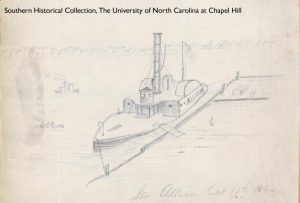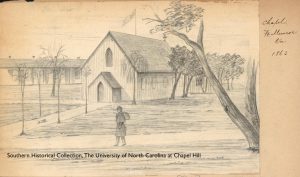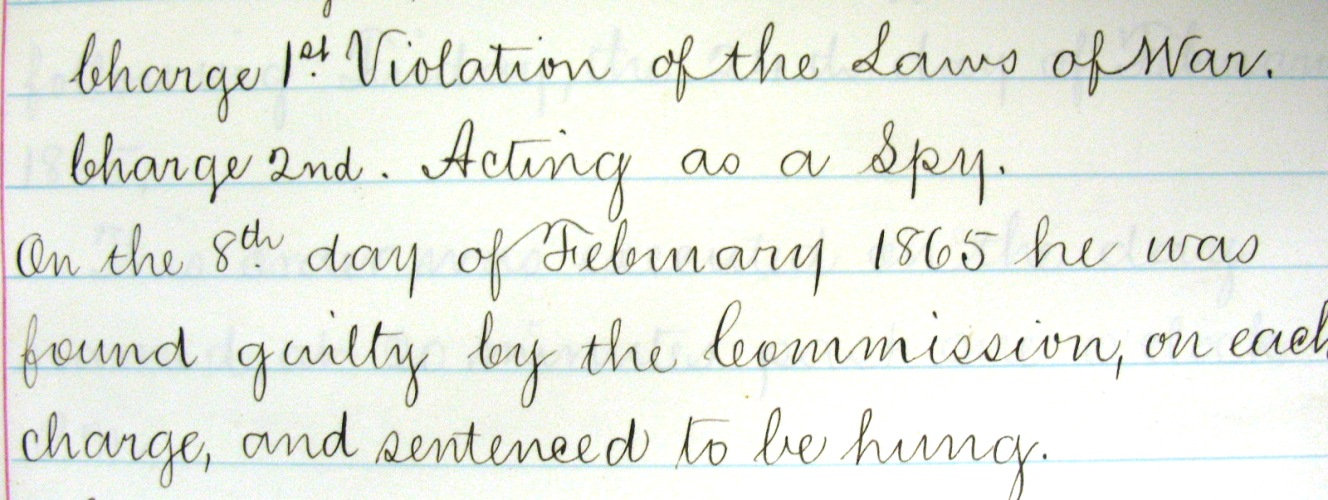Four years ago, Wilson Library began an ambitious blog that samples the vast holdings on the Civil War among the various collections here. Every day the Civil War Day by Day blog posts a document that is exactly 150 years old to the day. The blog’s objectives have been to present objects exactly as the people who created them would have seen them, and put a human face to those who lived, suffered, died, or survived during this tumultuous time in American history. It provides insights into the varied perspectives from within the conflict.

The blog has received much positive attention from commenters, and followers. It is featured on the Society of North Carolina Archivists’ blogroll, and even won a Primary Source Award from the Center for Research Libraries in the access category last year. Overall, the blog’s efforts are diverse in nature—it draws documents from the Southern Historical Collection, the Rare Book Collection, the North Carolina Collection, and University Archives and Record Management Services. It documents the war from various perspectives as well, including military papers and diaries, and letters written by women, slaves, soldiers and farmers. Though the blog cannot give an exhaustive picture of the war, it is a small sample of what people thought and wrote as events unfolded.

When hostilities began on April 12, 1861, at Fort Sumter the future of the country was uncertain. But unlike the men and women who lived during this time, we know that the end of the war approaches! The last turbulent weeks of the war included the Battle of Bentonville, the drama at Appomattox Courthouse, Lincoln’s assassination, and General Johnston’s surrender in Durham, NC. We’d like to announce the culmination of the blog’s efforts over the years. And as our sesquicentennial documentation comes to a close on April 26th, we hope you’ll join us in turning your attention to the letters, broadsides, diary entries and sketches that help tell us about the end of the War. Most of all, we hope that you have learned as much about the realities of the Civil War, and those who lived during it, as we have!








